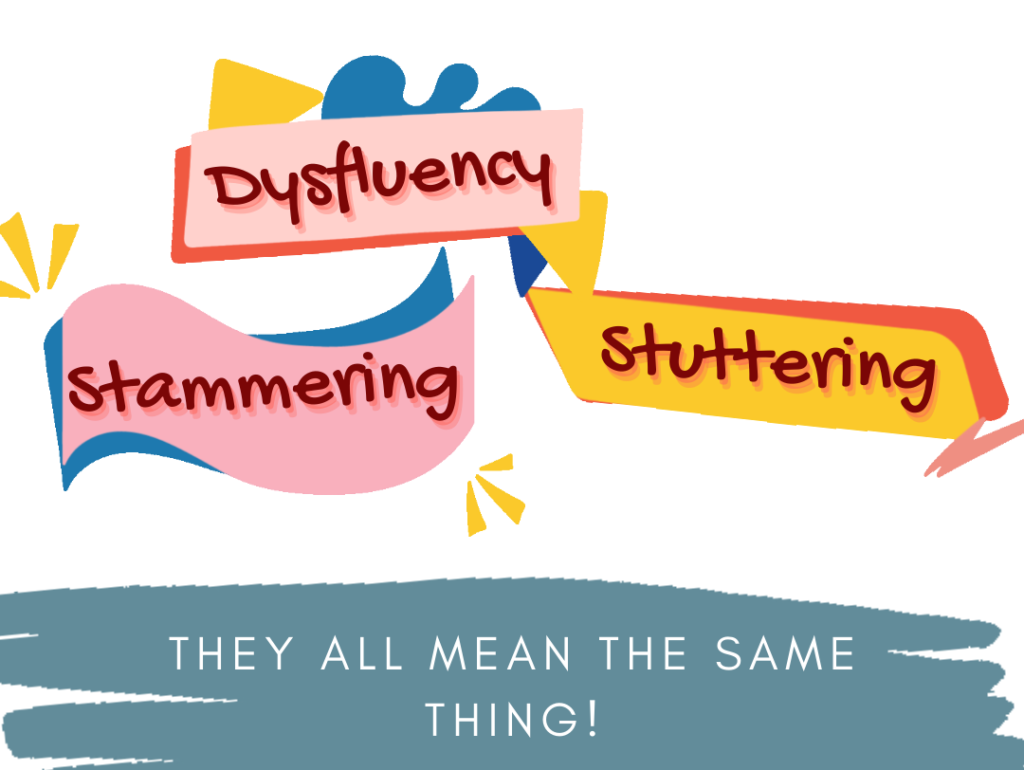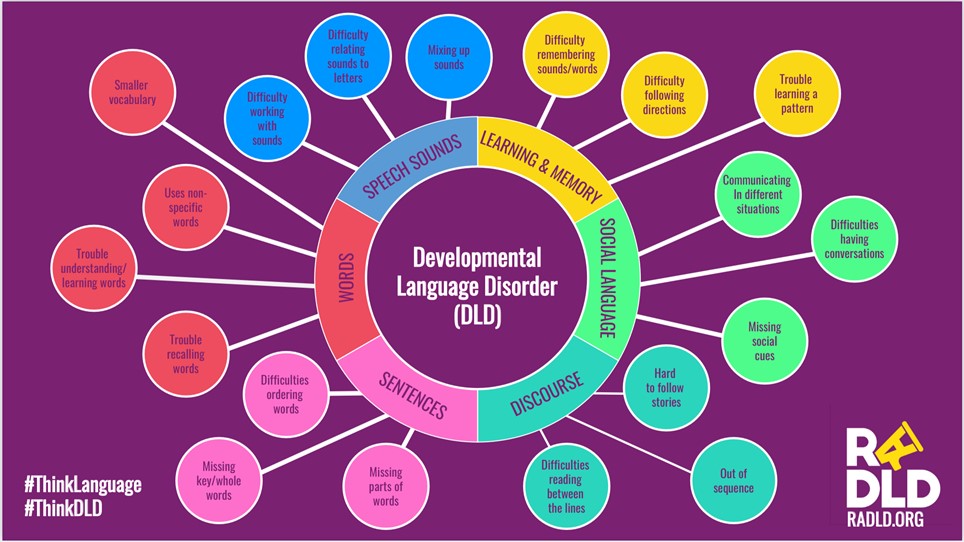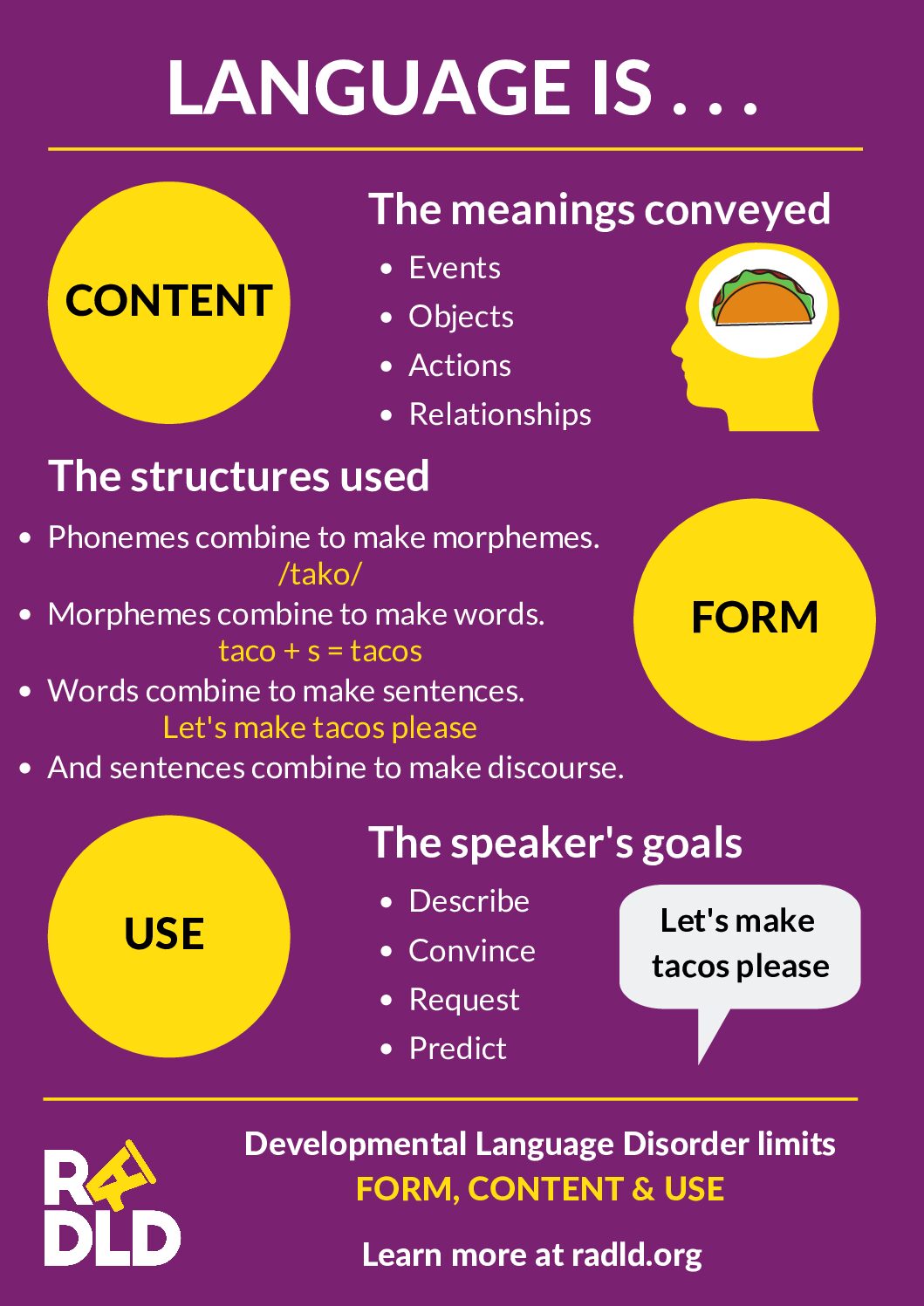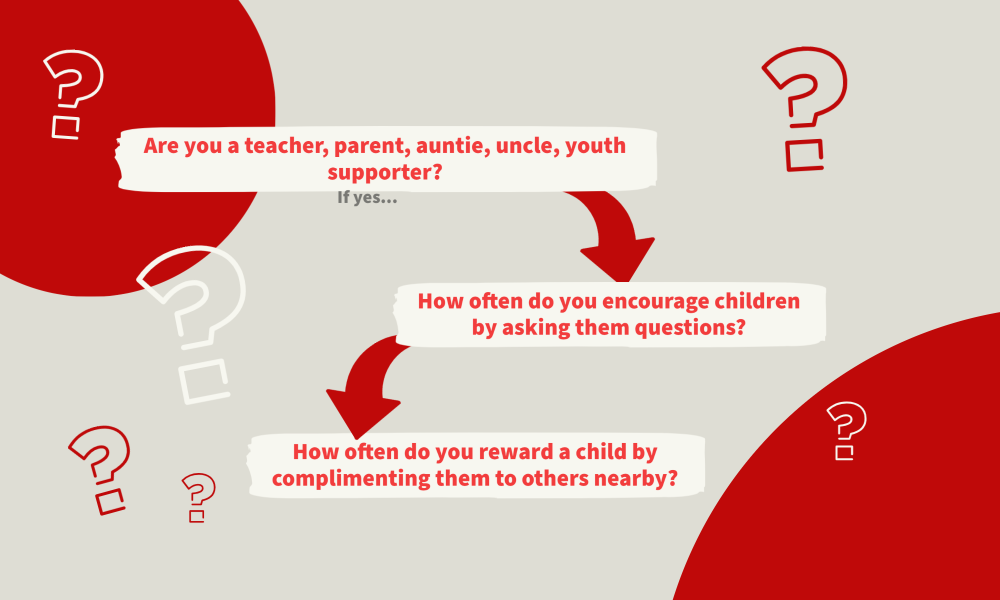

Throughout the Coronavirus pandemic, the use of online platforms such as Zoom and Microsoft Teams has become the norm. From work meetings and doctors’ appointments to family quizzes and the iconic phrase “you’re on mute!” We have all become accustomed to working and socialising in a different way.
This has also applied to speech and language therapy, with Telehealth being offered to provide assessments and therapy sessions where face-to-face appointments have not been possible. While face-to-face is widely thought to be the best model of delivery for speech and language therapy with Telehealth as a temporary fix, online therapy has proven to be an effective alternative in the delivery of assessments and intervention for children, young people and adults with speech, language, and communication needs.
Here at Happy Talk, we have been able to develop a robust Telehealth service and a new way of working which offers convenience and accessibility to our clients in addition to our well established Peripatetic and Clinic-based services. Telehealth enables you to access speech and language support:
Since beginning the Telehealth service at Happy Talk, we have seen benefits when delivering the following assessments and interventions online:
Therapy sessions are also prepared and available in PowerPoint format, allowing you to continue to practice at home. We also provide ongoing advice and strategies, regular emails, and flexibility when scheduling your session to include evenings and weekends.
We are excited to be able to extend our service and offer online therapy to our clients. Contact us today to find out if Telehealth could be beneficial for you or your child!



Stammering/Dysfluency/Stuttering! They all mean the same thing, however whatever the label stammering can be a stressful condition.
Since the beginning of lockdown, it has been reported that there has been a notable increase in people seeking help and support for their stammer. With working from home and online learning becoming the norm for the majority of the population, I suspect at times, all of us have felt the pressure to present our best selves to the zoom call, teams, or whatever medium we are sharing ourselves on. This creates anxiety and can chip away at self confidence.
There are also the technical hurdles we face, “You don’t have your camera on!” “Can you hear me? I can’t see you? You’re on mute etc..” Speaking can be distorted, broken or paused, people often miss their cue to talk and it can be frustrating. People who stammer are perhaps greater affected by these issues as at the onset of speaking, anxiety can peak, so getting the words out and taking turns in conversation becomes tricky. This can lead to them taking a back seat, and not communicating their opinions fully. If they have associated facial ticks or distortions due to tension when speaking then these can become more apparent as the individuals view themselves on the screen.
Conversely, living our lives through technology can bring relief to the introvert, or the social communication avoiders. Haven’t we all sent a text or an email instead of picking up the phone? For the person who stammers, this only gives less practice at facing some of those speaking situations most feared.
So if you have a stammer or your child stammers, maybe it’s time to seek help and learn some strategies to manage your speech and gain confidence.
Your stammer is only one aspect of you and it’s as individual as you are.
Happy Stammering!!!
Carolyn Darby
HAPPY TALK
Below are some links where you can find a plethora of information about stammering. Check out the book recommendation too for younger readers.
Don’t forget International Stammering Awareness Day on the 22nd October 2021!!
‘The UK charity for people who stammer and those who support them’
These are great mindfulness for kids.
Just say “I want to meditate”
by Helen Rutter
for 6-12 years
On average 2 pupils in every class of 30 children will have lifelong difficulties with understanding language and talking. This is called Developmental Language Disorder or DLD. Developmental because it starts in childhood. Language because it affects words and sentences: understanding and/or talking. Disorder because it’s something that’s not expected.
It often goes unnoticed yet it can affect learning, literacy, social relationships, behaviour and mental health. That’s why RADLD (Raising Awareness of Developmental Language Disorder) exists and on Friday 15th October it’s DLD Awareness Day. The theme is: Think Language. Think DLD.
With greater awareness comes better understanding, support and services which all leads to better outcomes for people with DLD.

It’s primarily a difficulty with language not intelligence. It affects a person’s ability to process and use language in different ways and impacts upon different areas.
At Happy Talk we are passionate about supporting children with DLD and their families. Research tells us that children need access to Speech and Language Therapy provision to be able to make the best progress. This may be through assessment and advice, blocks of therapy to target a specific weakness, programmes of specific intervention and strategies provided to school staff to help teachers to provide the right support for the child to learn in the classroom. Whilst it’s a lifelong condition the need for intervention will vary.
For more information, support or assessment please do get in touch!
Below is a useful poster resource that explains what Developmental Language Disorder limits:

As the new marketing intern for Happy Talk Ltd I attended my first Speech and Language Therapy webinar last week about Selective Mutism. I want to share some of my reflections here, starting by asking you this:

Rebecca Blahuta, one of Happy Talk’s specialist speech and language therapists, described how the fight or flight response is triggered in children with Selective Mutism when someone asks them a question, causing them to freeze without choice and not be able to answer. This made me reflect, as I have asked you to above, on how often I ask children questions and the stress this may cause some children, even if they do not have a diagnosis of Selective Mutism.
When I volunteered at a local Girlguiding Brownie group and at a primary school, although none of our children had Selective Mutism, some children did get very nervous when speaking to others and would struggle to answer direct questions. I think some of Rebecca’s tips for helping children with Selective Mutism are good for all children, especially those who are out of their comfort zone or shy:
So, what are my final thoughts on Rebecca’s webinar? Armed with my new understanding of the scientific reasons behind Selective Mutism, and Rebecca’s tips, I think we can help all children to engage in conversation, not just those who are shy or struggle to answer direct questions. By finding a balance between asking questions, making comments and waiting, we can teach children how to make conversation.
Next time I ask a child a question, I will now think ‘could commenting rather than questioning have been more appropriate?’
Story books recommended by Rebecca: (hover over them for more information)
(2011)
by Virginia Ironside
Hodder Children’s Books
London (ages 3–9)
A Kid’s Guide to Overcoming Anxiety (2006)
by Dawn Heubner
Magination Press
Washington, DC (ages 6–12)